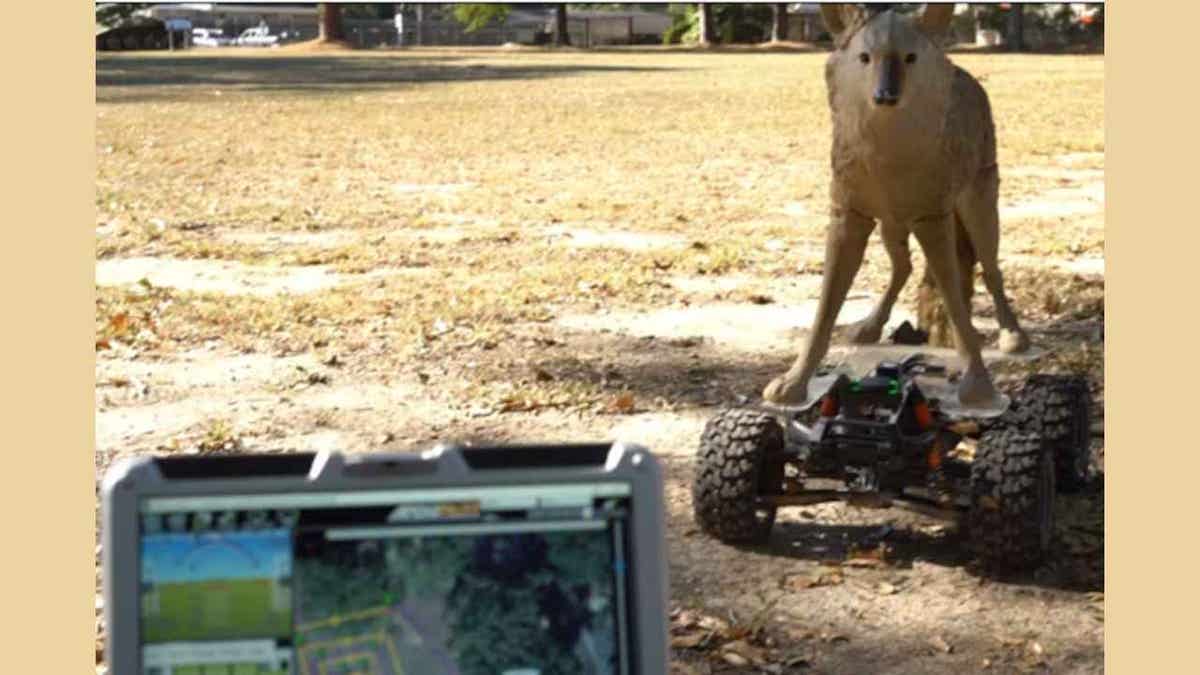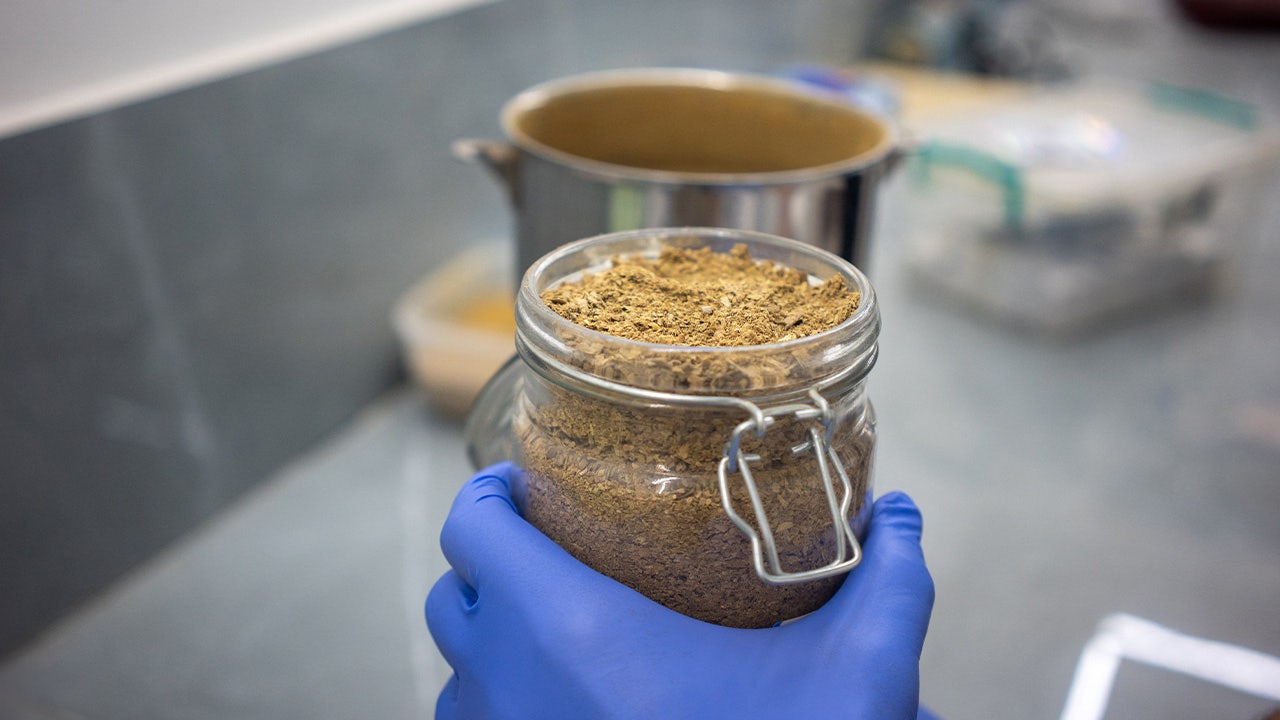NEWYou can now listen to Fox News articles!
Why settle for a regular robot when you can have a robot coyote?
That's the innovative question the U.S. Army Engineer Research and Development Center (ERDC) is answering as it rolls out robot coyotes for airfield wildlife control. These cybernetic prairie predators are a creative solution to a very real problem.
Sign up for my FREE CyberGuy Report
Get my best tech tips, urgent security alerts and exclusive deals delivered straight to your inbox. Plus, you’ll get instant access to my Ultimate Scam Survival Guide — free when you join my CYBERGUY.COM/NEWSLETTER
HEGSETH TEARS UP RED TAPE, ORDERS PENTAGON TO BEGIN DRONE SURGE AT TRUMP'S COMMAND

Robot coyotes for airfield wildlife control (U.S. Army Corps of Engineers)
The serious wildlife threat facing airfields todayAirfields face a constant battle with wildlife. Birds, rabbits and even deer can wander onto runways, creating dangerous situations for aircraft and crews. Birds are the biggest threat. When sucked into engines or hitting windscreens, they can cause catastrophic damage. In fact, the threat is so serious that the U.S. Civil Air Administration once built a "chicken gun" to fire bird carcasses at planes to test their resilience.
Traditional deterrents, like drones, dogs, falcons and even gas-powered cannons, have been used for years. But wildlife adapts quickly, and these methods don't always keep animals away for long.
WHAT IS ARTIFICIAL INTELLIGENCE (AI)?
How robot coyotes work to scare off birds and animalsEnter the robot coyote. The ERDC, in partnership with wildlife biologists Stephen Hammond and Jacob Jung and the USDA National Wildlife Research Center (NWRC), has spent five years developing these unique machines. The idea is simple. Most animals instinctively avoid coyotes, so why not use that fear to keep them away from airfields?
The first prototypes, Coyote Rovers, started as Boston Dynamics Spot robots. However, these proved too slow to scare off wildlife. The team switched to four-wheeled Traxxas X-Maxx motorized cars, which can reach speeds of 20 mph. Each vehicle carries a plastic coyote dummy, blending just the right amount of realism and intimidation, all for about $3,000 each.

Robot coyote for airfield wildlife control (U.S. Army Corps of Engineers)
Inside the U.S. Army’s testing of robot coyotes on airfieldsThe robot coyotes have already been tested at several military airfields, including Naval Air Station Pensacola, Fort Campbell and Naval Air Station Whiting Field. These early trials showed promise. The robot coyotes successfully deterred birds and other animals, helping to keep runways clear and safe.
But the ERDC isn't stopping there. The goal is to make these robot coyotes even smarter. Future versions may include programmed routes, exclusion zones and the ability to identify specific species. Imagine a robot coyote that can recognize a flock of geese and adjust its tactics on the fly.
GET FOX BUSINESS ON THE GO BY CLICKING HERE
What the future holds for airport wildlife control technologyThe ERDC and USDA-NWRC are continuing to refine these robot coyotes for airfield wildlife control. New features are on the horizon, including onboard computers, artificial intelligence, cameras and sensors. The aim is to create a robust system that can operate autonomously, navigate tough terrain and adapt to changing conditions. These advances could revolutionize how airfields, and perhaps even commercial airports, manage wildlife hazards.

Robot coyotes for airfield wildlife control (U.S. Army Corps of Engineers)
Kurt's key takeawaysRobot coyotes for airfield wildlife control are a creative and practical answer to a longstanding problem. By blending technology and biology, the U.S. Army is making airfields safer for everyone. As these systems become more advanced, we may see them used in airports around the world.
CLICK HERE TO GET THE FOX NEWS APP
If robot coyotes can keep wildlife off runways, what other surprising animal-inspired robots might we see patrolling our critical infrastructure in the future? Let us know by writing to us at Cyberguy.com/Contact
Sign up for my FREE CyberGuy Report
Get my best tech tips, urgent security alerts and exclusive deals delivered straight to your inbox. Plus, you’ll get instant access to my Ultimate Scam Survival Guide — free when you join my CYBERGUY.COM/NEWSLETTER
Copyright 2025 CyberGuy.com. All rights reserved.
Kurt "CyberGuy" Knutsson is an award-winning tech journalist who has a deep love of technology, gear and gadgets that make life better with his contributions for Fox News & FOX Business beginning mornings on "FOX & Friends." Got a tech question? Get Kurt’s free CyberGuy Newsletter, share your voice, a story idea or comment at CyberGuy.com.













